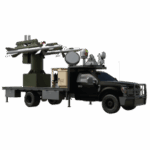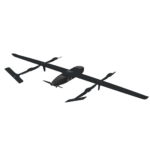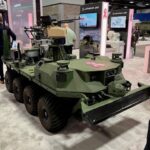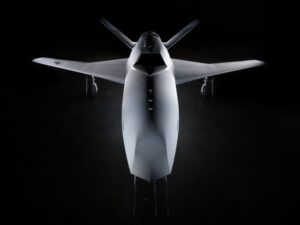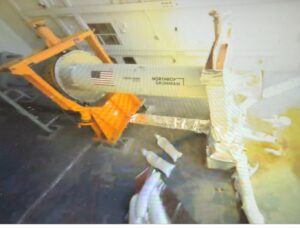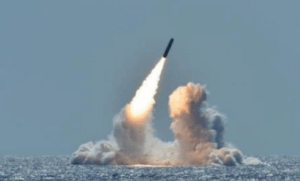
The pending fiscal year 2024 defense authorization bill would direct most geographic combatant commands (COCOMs) to develop plans to create commercial integration cells to help them work more closely with industry to provide capabilities for their respective operating areas. In addition, the proposed National Defense Authorization Act (NDAA) directs each COCOM to also plan to add a chief technology officer (CTO) to oversee the commercial integration cell and report directly to the combatant commander on the cell’s activities. Democrat and…

 By
By 